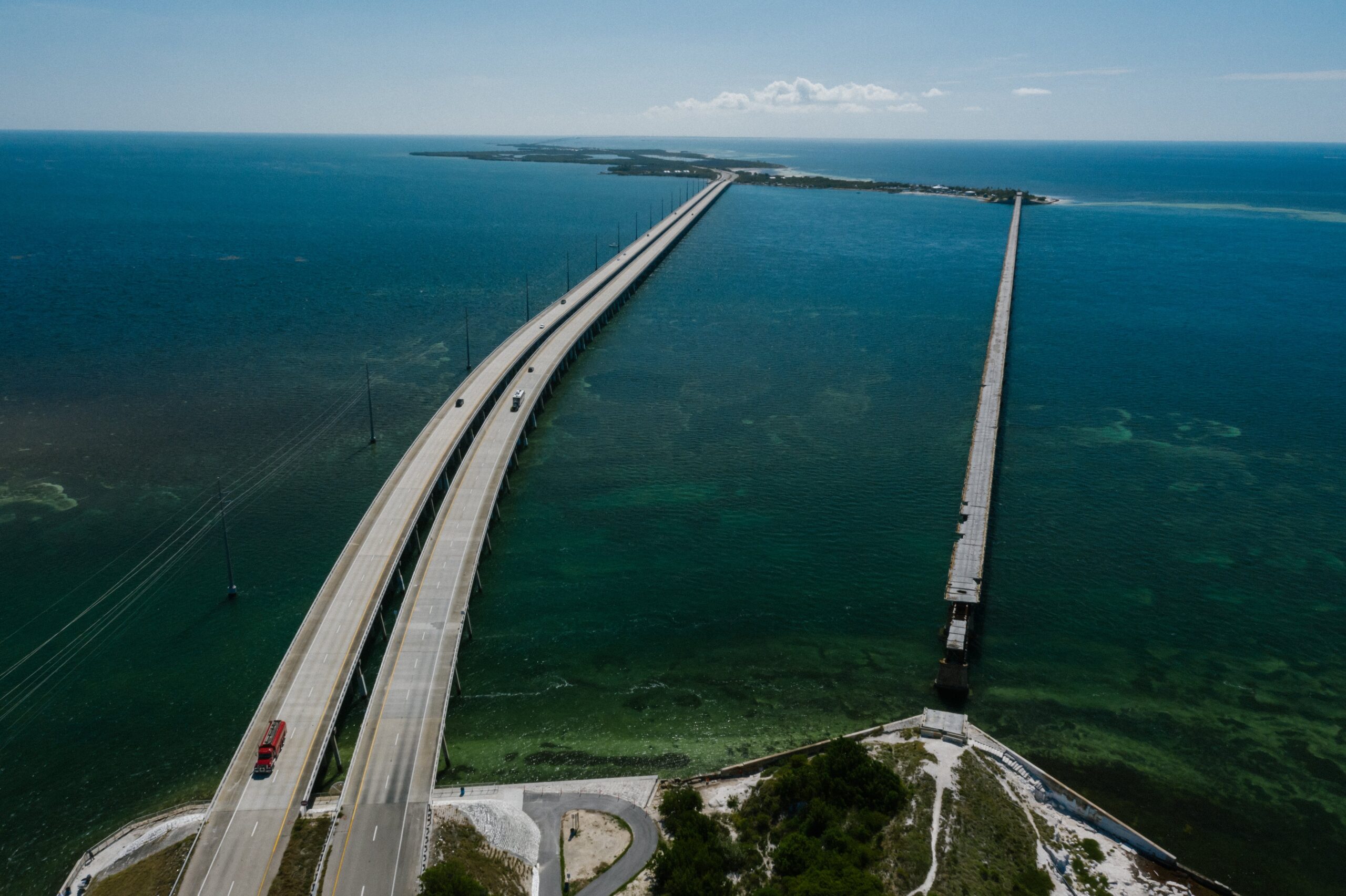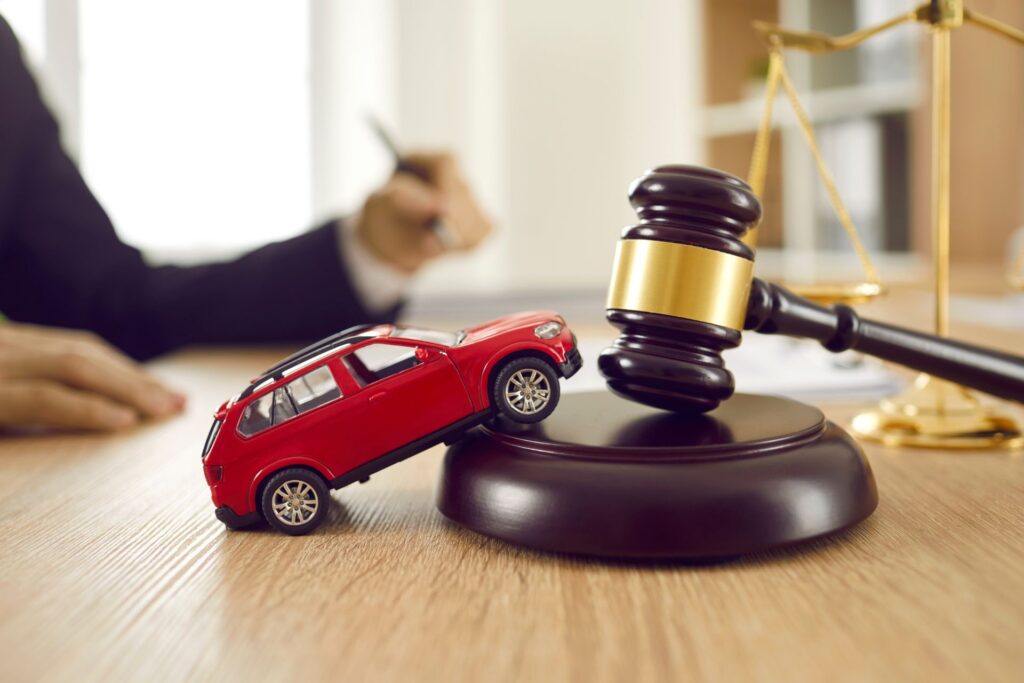Now Reading: How Is Fault Determined in a Florida Car Accident?
-
01
How Is Fault Determined in a Florida Car Accident?

How Is Fault Determined in a Florida Car Accident?
The aftermaths of car accidents are known to raise many questions. Decisions must be made and actions must be taken to find out how injuries will be managed, how property will be replaced, and who is to blame. Because determining fault in Florida is mandatory for insurance claims and potential legalities, it’s one of the first things that must be addressed post-incident.
Florida follows a “no-fault” insurance system, and the better you understand how fault is determined, the better you can navigate your post-accident experience. Taking actions like contacting a Car Accident Law Firm to explore your legal options is a good start. Initial consultations are often free, and the guidance of a merited, veteran lawyer can go a long way.
Fault in Florida is determined via the following steps:
Police Investigations and Reports
In Florida, law enforcement gets involved to investigate, compile reports, and weigh in on fault. They collect evidence, speak with all parties and witnesses, and factor road conditions into their evaluation and determination. Their report can be an important document in determining fault, but it’s not the final word.
Comparative Negligence
Florida utilizes “comparative negligence” to determine fault in accidents. This is a legality that means multiple parties may share fault for an accident. Florida adheres to a “pure comparative negligence” system, allowing individuals to seek compensation when they are partially at fault for a crash. The court assigns a percentage of fault to each party involved.
Witnesses
Witness statements play a part in fault determination. Bystanders who observed the events that took place leading up to the accident are often valuable sources of testimony. Their accounts can sometimes make or break a fault determination, but more often are simply influencing factors.
Evidence at the Scene
The scene of the incident often holds many important clues as to who is at fault. Skid marks, vehicle damage, and road conditions can all be examined to piece the events back together and establish a solid picture of what transpired.
Moving Violations
Traffic violations play a role in determining fault. A party cited for a moving violation is more likely to shoulder some fault for the accident. Citations are recorded in police reports and can be used as evidence in legal proceedings.
Footage of the Events
Surveillance cameras and dashcams may have captured footage of the accident. This can be valuable when investigating the events that caused a collision and assigning fault. The strength of these videos can often be irrefutable.
Expert Testimony
Sometimes expert witnesses are brought in to give authoritative commentary about accident forensics or vehicle mechanics. A testimony from them can clear up otherwise confusing events and help determine fault.
Statements to Insurance Companies
How you debrief with your insurance company and the other motorist’s insurer is known to impact fault determination. It’s important to provide true, consistent, and concise information about the incident. This information is part of how insurance companies assess liability. You may want to consider having your lawyer present when speaking with adjusters.









